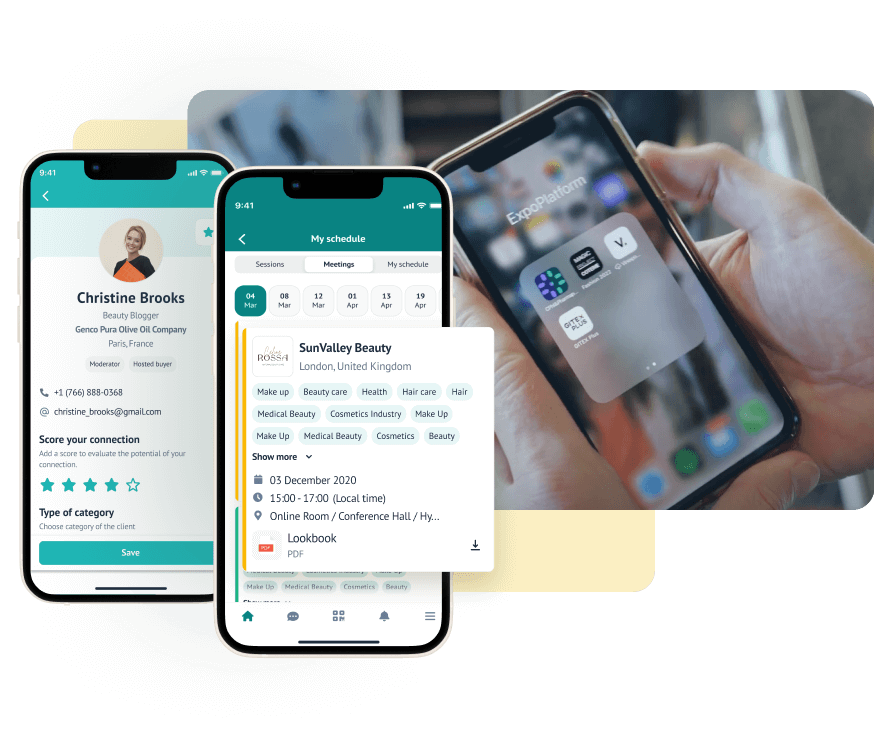
How to use QR codes properly at live events
QR codes are used for so many parts our lives – to access information, pay for goods and services as well as capture contact details.
But how do you use these digital tools to improve live events?
At in-person shows, QR codes are a convenient way to check in to venues, unlock attendee details and make purchases.
They are also a sustainable option for events and eliminate the need for materials like printed brochures and business cards.
In this article, we explain how organisers can implement this tech in a better way to enhance the event experience and gain insights into attendee engagement and other metrics.
QR codes have become ubiquitous – most events have one
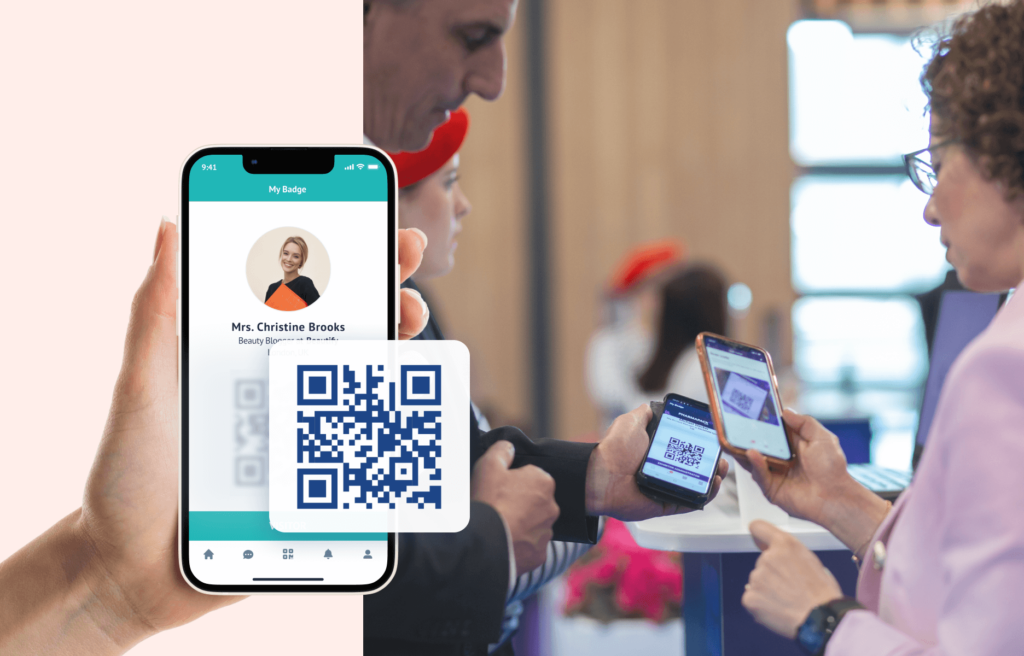
QR codes are now present in many spheres of our life. The adoption of this technology increased massively during the pandemic and it is now used in a wide range of industries – from restaurants and retail to healthcare and events.
Their simple scanning abilities from mobile find applications in payments, contact tracing, content access, customer engagement and more.
Stats from qrcode-tiger show the global use of QR codes quadrupled in Q1 2022 – increasing 433% from the same period in 2021 to total 6.8 million scans.
Of these, the US and India accounted for the highest number of scans at 2.9 million and 1.1m, respectively.
According to Juniper Research, global spending through QR code payments is projected to reach $3.3 trillion by 2025, from $2.5tn in 2022.
For organisers, QR codes are a versatile way to enhance the event experience for their audience and collect data quickly and easily.
Attendees can access event schedules, tickets, floor plans and content and exhibitor info at booths.
Exhibitors can use these codes to provide customers with detailed product information, capture contact details, track engagement and raise brand awareness.
Unlock the potential of Smart Events with QR scans
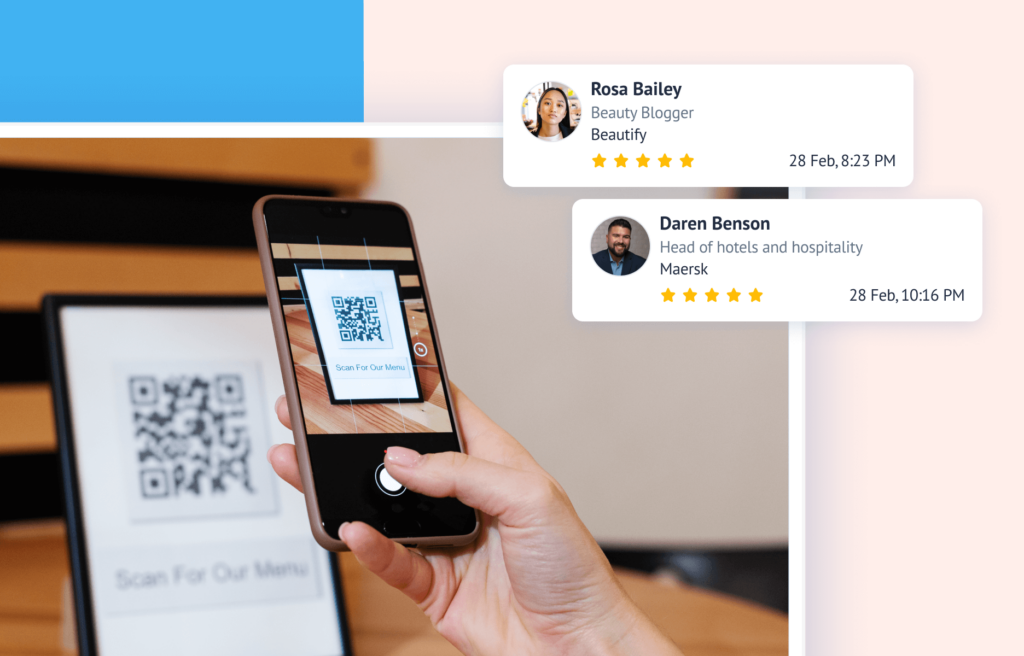
The widespread adoption of QR codes and their ease of use presents a huge opportunity for organisers to create more tech-enabled events. Here is how:
- Organisers can streamline the event process and provide a convenient way to scan badges, products and catalogues – driving leads for customers.
- Quickly check-in attendees, register at venues and provide access to websites, videos and other digital content.
- Provide interactive experiences such as virtual tours, live polls, scavenger hunts and trivia games.
- Pay for food, beverages and merchandise.
- Track attendance, monitor engagement and collect audience feedback
Different use cases of QR codes
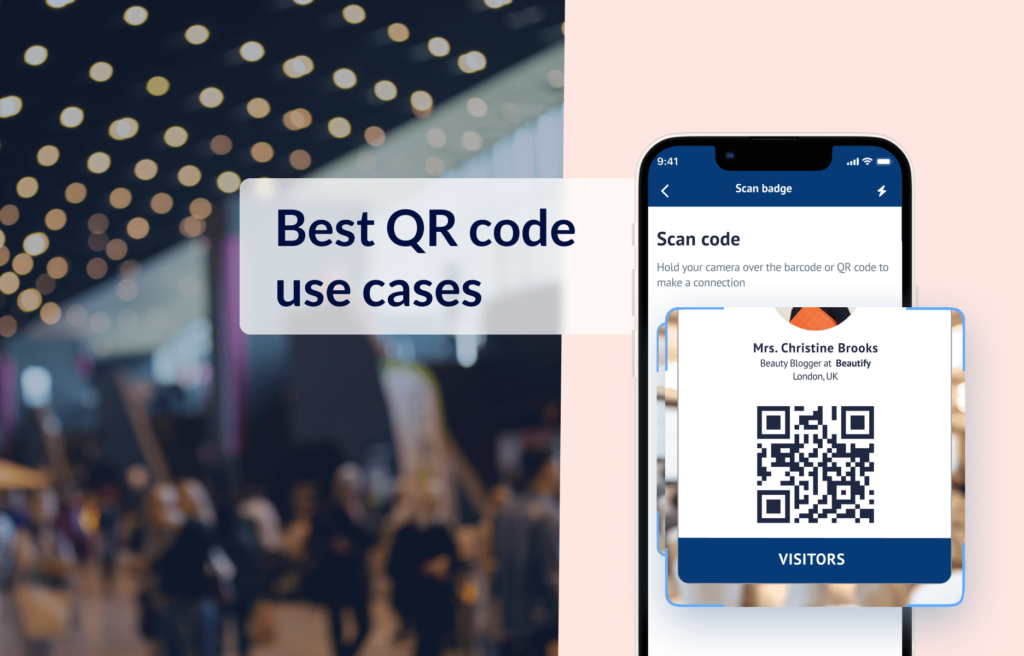
QR codes can be used in multiple ways at events. Here is how they help:
- Eliminate the need for printed business cards – all contact details are captured through a mobile scan.
- Create product innovation zones – install QR codes that provide a quick overview of different aspects of product functionality.
- Make your events more sustainable – no need to print digital brochures. All content can be accessed with a QR scan.
- Go cashless with digital QR payments.
- Streamline registration, check-in and ticketing processes
- A cost-effective way for engagement as it eliminates the need to print and distribute physical material.
- Makes it easier to track attendance and engagement metrics.
- More secure than traditional methods – help reduce the risk of fraud and counterfeiting.
Tips to use QR codes properly at live events

QR codes can make your events a big success if used properly. If not, it can end up confusing your audience. Make sure to keep these steps in mind:
#1 Do not encrypt!
Make sure your registration company does not encrypt the QR code. This stops you from being able to share the string with other apps.
#2 Position the codes strategically
Maximise the visibility of your QR codes by placing them in open, accessible areas and along customer paths at the venue.
#3 Make the codes easily scannable
Consider the distance from which the codes will be scanned as well as their size. The QR codes, especially for badge scans, should have a well-contrasted background for maximum visibility. Ensure they have clean edges with no blurriness or fuzz.
#4 Optimise for mobile
Optimise your QR code content for mobile to ensure the best user experience. Mobile optimisation increases event engagement and allows organisers to measure their interest in their events and track conversions.
#5 Include instructions on how to use the code
Provide clear instructions on how QR codes can be used at the event – for payment, polls, product info, attendee profile and more.
#6 Customise it!
Bar codes are boring. QR codes needn’t be. Customise the QR codes with your brand colours, logo, icons, images and CTAs.
#7 Encourage exhibitors to use the QR code functionality
Exhibitors can upload content in their dashboard and automatically generate QR codes. These codes can be generated for company information, product information and marketing content.
#8 Give exhibitors full ROI analytics with Lead Intelligence
Exhibitors can evaluate the value of their investment by getting data analytics through Lead Intelligence solutions. This data includes contact info, profile details, ratings and more.
Conclusion
QR codes are a powerful tool to add a digital layer to your event. You can provide attendees a convenient way to check in and check out while reducing queues. Additionally, you can use them for advertising, contactless payments, surveys and lead generation. By understanding the nuances of their usage, you can incorporate them into your event with successful results!
We hope you enjoyed reading this article and found it useful. At ExpoPlatform, we want to help you build better events and communities. Please get in touch and ask for a demo here. Thank you.
There's more you might like
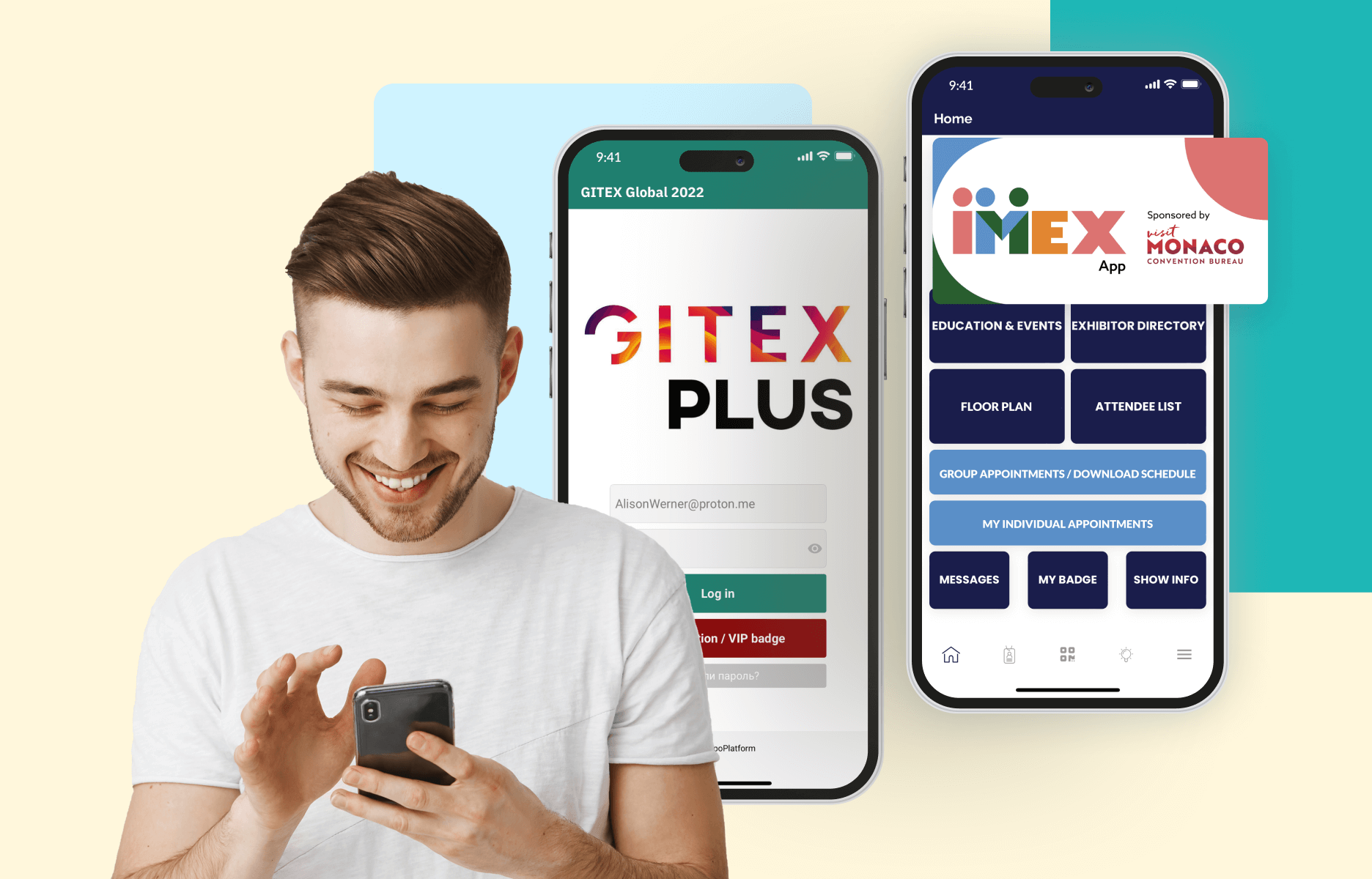
10 proven strategies to increase event app downloads
Investing in a mobile event app unlocks more ways to engage and monetise. But first, you need to maximise your event app downloads. This article highlights 10 ways organisers can increase event adoption at their shows, using a selection of proven strategies to boost interest. Meanwhile, you can learn how digital tools like mobile apps ...
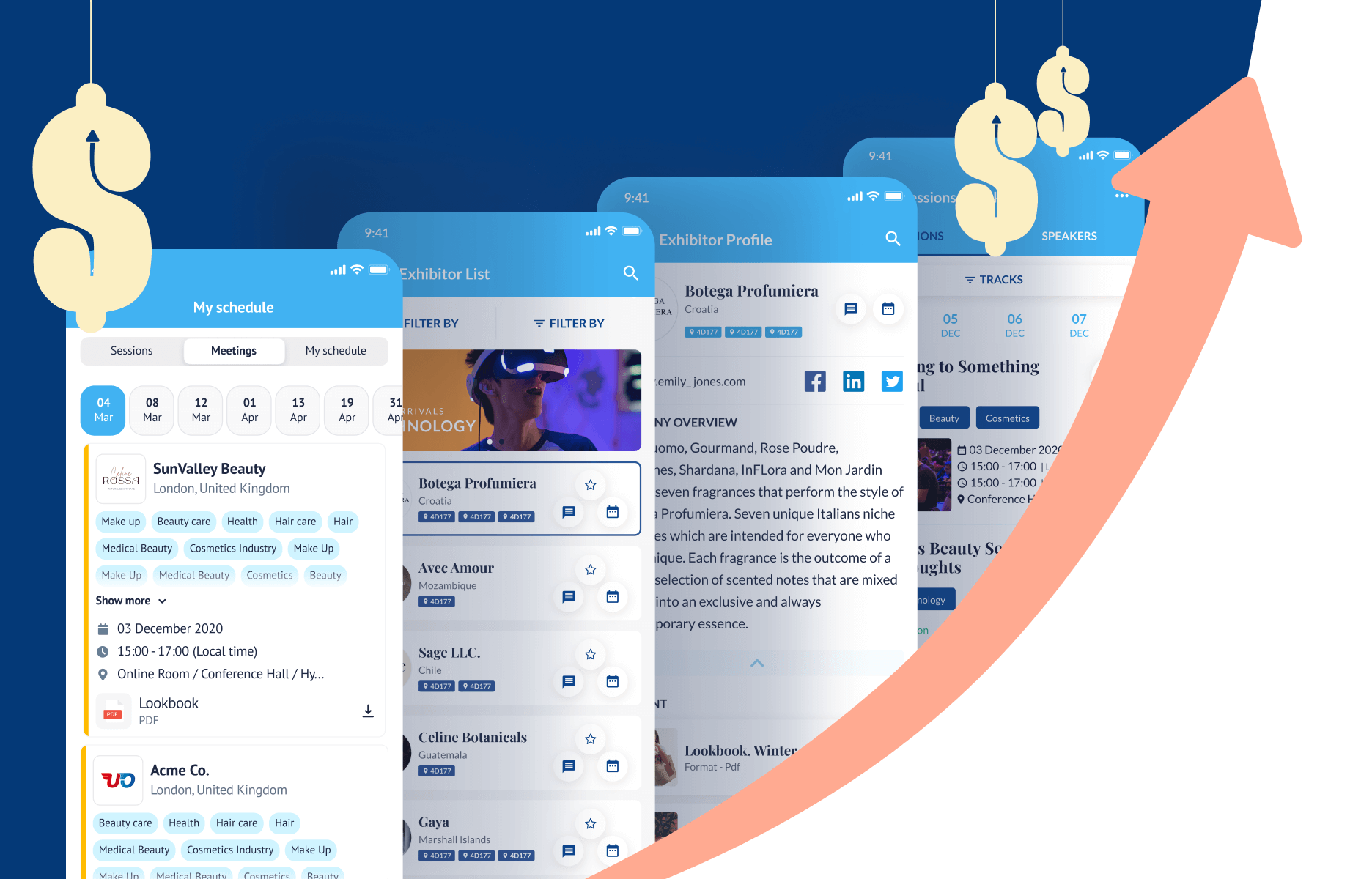
Event app market to double in value by 2028 – report
The global event app market is set to more than double in value and hit $2.5 billion by 2028, according to a new report. Figures from the Insights Partners show the technology was worth $1.2bn last year but is projected to grow at a CAGR of 14% over six years. It comes as ExpoPlatform research ...

Event mobile app downloads have doubled – find out why
Event mobile app downloads have doubled in two years as the digital transformation of our industry continues, according to new research. Figures from ExpoPlatform show the number of live show participants using the tool is around two times as many now than it was pre-pandemic. It comes as exhibitors, attendees and organisers have all witnessed ...


